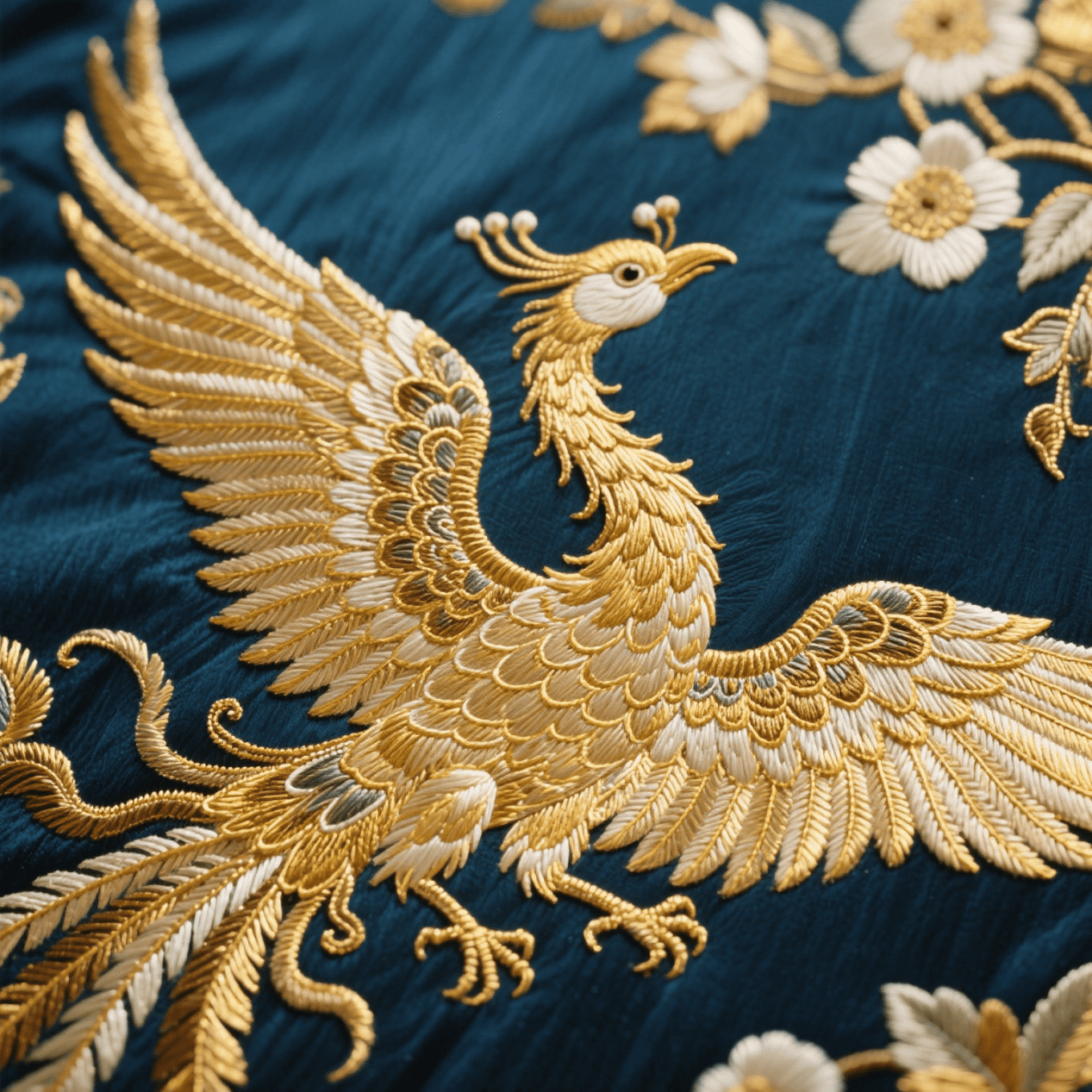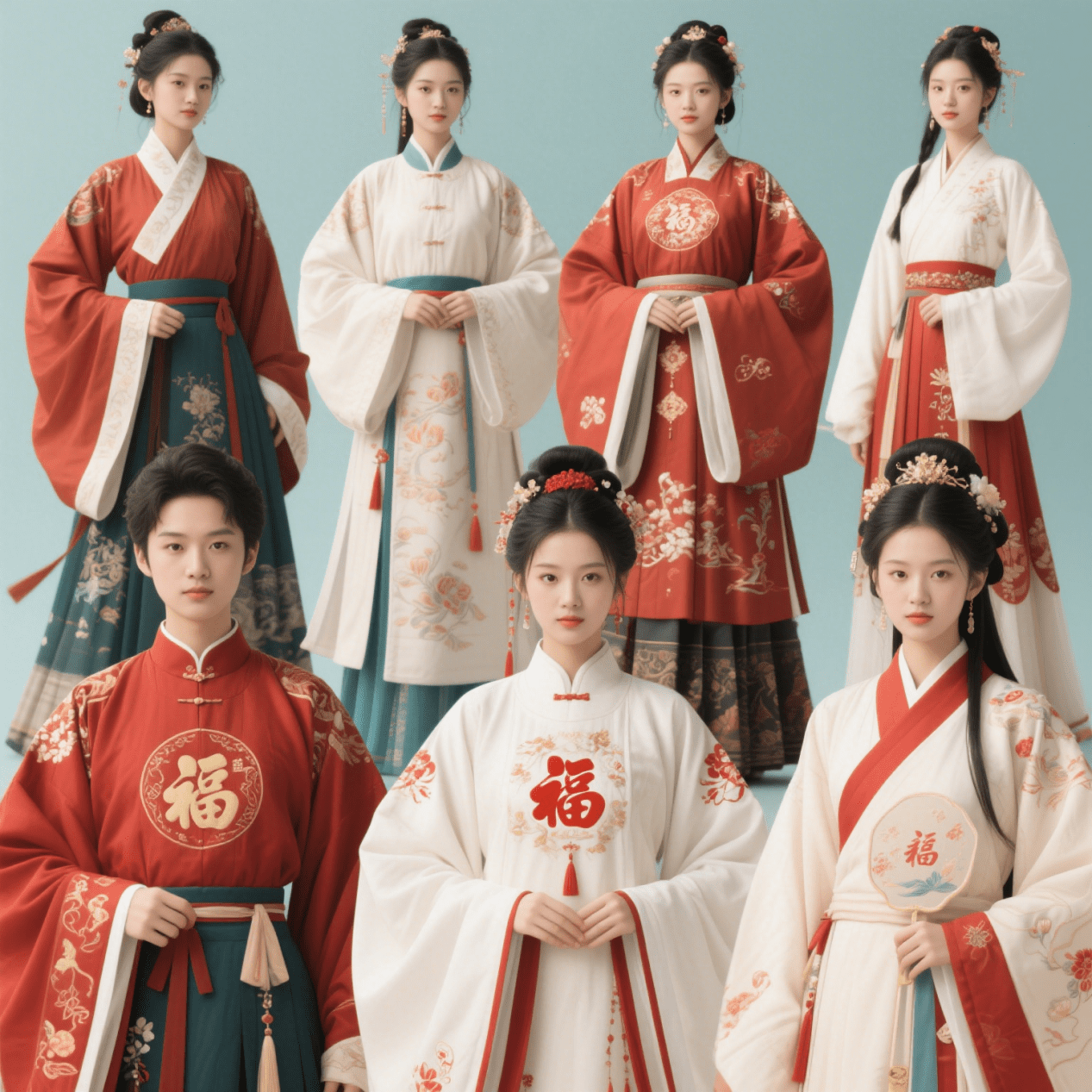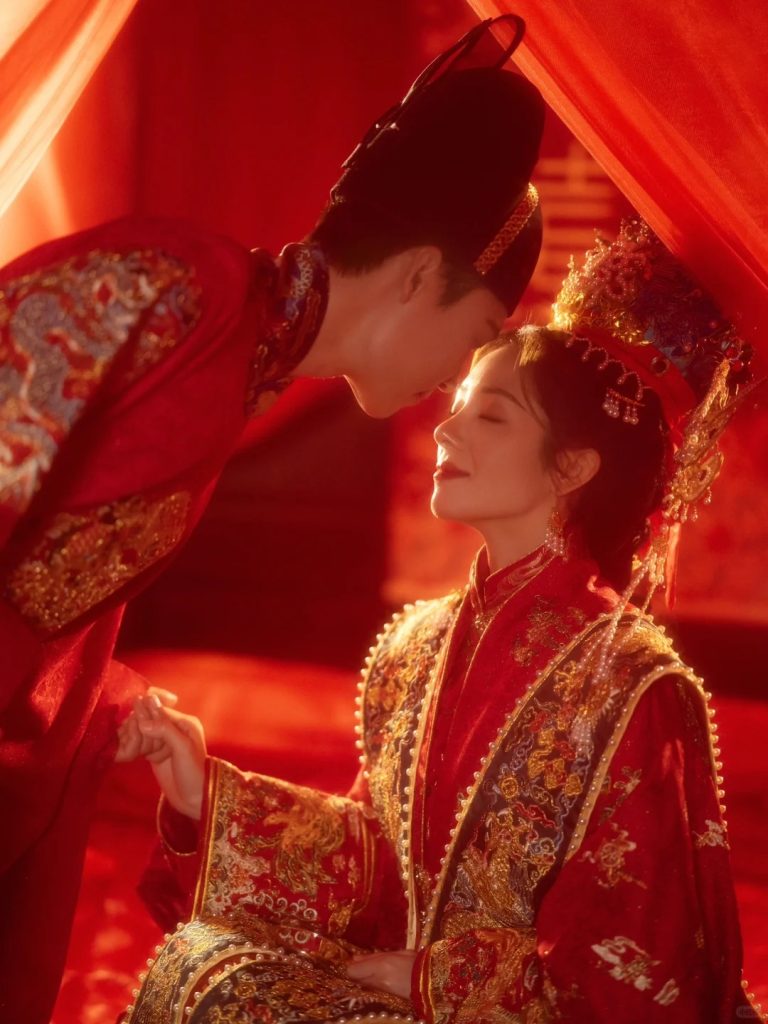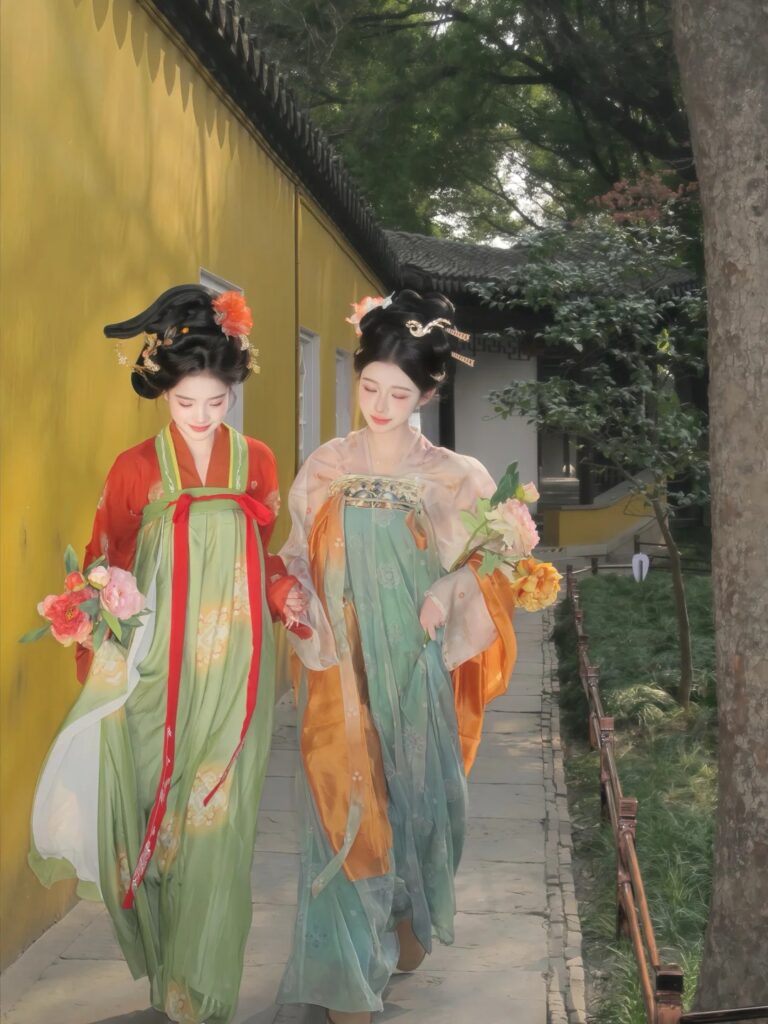The Hidden Language of Hanfu: Discover the Lucky Symbols in Traditional Chinese Clothing

Why Hanfu is More Than Just a Beautiful Outfit
When you see Hanfu—the flowing robes, delicate embroidery, and vibrant colors—you might first admire its elegance. But did you know that every stitch, pattern, and motif carries deep meaning? Traditional Hanfu is filled with lucky symbols (吉祥图案, jíxiáng tú’àn), each telling a story of prosperity, love, health, and good fortune.
For American readers fascinated by Chinese culture, understanding these symbols unlocks a whole new layer of appreciation. Whether you’re a history lover, a fashionista, or just curious about global traditions, this guide will reveal the secret language of Hanfu—and why these designs still matter today.
1. The Power of Symbols in Chinese Culture
In China, symbolism is woven into everything—architecture, festivals, and especially clothing. Unlike Western fashion, where patterns may be purely decorative, Hanfu embroidery and motifs always carry intention. These designs were believed to:
Attract luck (福, fú)
Repel evil spirits (辟邪, bìxié)
Celebrate love and family (爱, ài)
Wish for long life (寿, shòu)
2. Top 10 Lucky Symbols in Hanfu & Their Meanings
1. Dragons (龙, lóng)
Meaning: Power, nobility, and imperial authority.
Where You’ll See It: Embroidered on men’s robes (especially Ming Dynasty attire).
Fun Fact: Only emperors could wear five-clawed dragons—commoners wore four-clawed versions.
2. Phoenix (凤凰, fènghuáng)
Meaning: Femininity, grace, and rebirth. Often paired with dragons for marital harmony.
Where You’ll See It: Bridal Hanfu and noblewomen’s formal wear.
3. Peonies (牡丹, mǔdān)
Meaning: Wealth, beauty, and romance—the “king of flowers.”
Where You’ll See It: Women’s skirts and sleeves in Qing Dynasty styles.
4. Bats (蝙蝠, biānfú)
Meaning: Good fortune (because “bat” sounds like “blessing” in Chinese).
Where You’ll See It: Hidden in cloud patterns or as repeating motifs.
5. Lotus (莲花, liánhuā)
Meaning: Purity and enlightenment (grows from mud but remains unstained).
Where You’ll See It: Buddhist-inspired or summer Hanfu.
6. Clouds (云纹, yúnwén)
Meaning: Heavenly luck and endless possibilities.
Where You’ll See It: Edges of robes, often mixed with dragons.
7. Double Happiness (双喜, shuāngxǐ)
Meaning: Marriage joy—common in wedding Hanfu.
Where You’ll See It: Red bridal capes and accessories.
8. Cranes (鹤, hè)
Meaning: Longevity and wisdom (they live for centuries in myths).
Where You’ll See It: Elderly or scholarly Hanfu.
9. Fish (鱼, yú)
Meaning: Abundance (sounds like “surplus” in Chinese).
Where You’ll See It: Children’s clothing or New Year Hanfu.
10. The Eight Trigrams (八卦, bāguà)
Meaning: Balance and protection from evil.
Where You’ll See It: Taoist-inspired or martial arts Hanfu.

3.How Colors Add Another Layer of Meaning
In Hanfu, color symbolism is just as important as embroidery:
Red: Luck, celebration (weddings, New Year).
Blue: Immortality and healing.
Yellow: Reserved for emperors—wearing it without rank was treason!
White: Mourning (but also purity in some contexts).

4.Modern Hanfu: Keeping the Lucky Traditions Alive
Today’s Hanfu designers blend ancient symbols with contemporary fashion:
Streetwear Hanfu: Hoodies with cloud motifs.
Wedding Trends: Red qixiong ruqun with gold phoenixes.
Cosplay & Festivals: Fantasy-inspired Hanfu with exaggerated symbolism.
5.How to Incorporate Hanfu Symbols Into Your Style (Even If You Don’t Wear Hanfu!)
Love the meanings but not ready for full Hanfu? Try:
Jewelry: Phoenix earrings, lotus pendants.
Home Decor: Bat-motif tapestries, peony-printed scarves.
Tattoos: Minimalist crane or fish designs.

Hanfu is a Wearable Wish for Good Fortune
Next time you see Hanfu, look closer—you might spot a hidden bat wishing you luck or a peony promising love. These symbols turn clothing into a conversation with history.
Which Hanfu symbol resonates with you? Let me know in the comments!
(Final illustration suggestion: A diverse group in Hanfu, each outfit highlighting a different lucky symbol.)





Responses